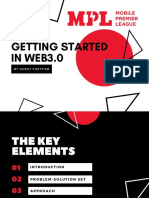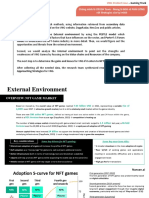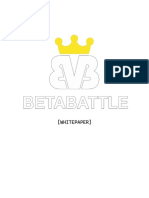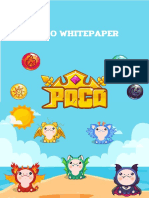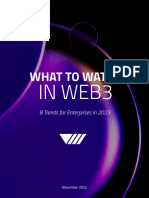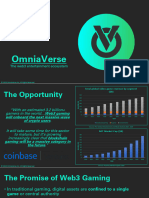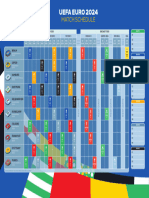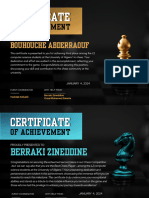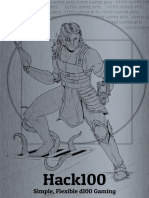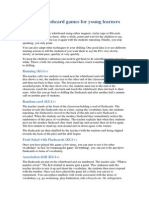0% found this document useful (0 votes)
126 views59 pages(Early Access) Game7 Research - State of Web3 Gaming 2024
The 'State of Web3 Gaming 2024' report provides an overview of the evolving Web3 gaming ecosystem, highlighting key trends such as the rise of Telegram as a development platform and the growth of Immutable and Arbitrum ecosystems. It notes a decrease in new game announcements but a significant reduction in projects exiting the space, indicating a more stable market. The report emphasizes the importance of indie developers and the challenges faced in integrating blockchain technology into games, while also documenting a shift towards new business models like Play-to-Airdrop.
Uploaded by
KumarAakashCopyright
© © All Rights Reserved
We take content rights seriously. If you suspect this is your content, claim it here.
Available Formats
Download as PDF, TXT or read online on Scribd
0% found this document useful (0 votes)
126 views59 pages(Early Access) Game7 Research - State of Web3 Gaming 2024
The 'State of Web3 Gaming 2024' report provides an overview of the evolving Web3 gaming ecosystem, highlighting key trends such as the rise of Telegram as a development platform and the growth of Immutable and Arbitrum ecosystems. It notes a decrease in new game announcements but a significant reduction in projects exiting the space, indicating a more stable market. The report emphasizes the importance of indie developers and the challenges faced in integrating blockchain technology into games, while also documenting a shift towards new business models like Play-to-Airdrop.
Uploaded by
KumarAakashCopyright
© © All Rights Reserved
We take content rights seriously. If you suspect this is your content, claim it here.
Available Formats
Download as PDF, TXT or read online on Scribd
/ 59







